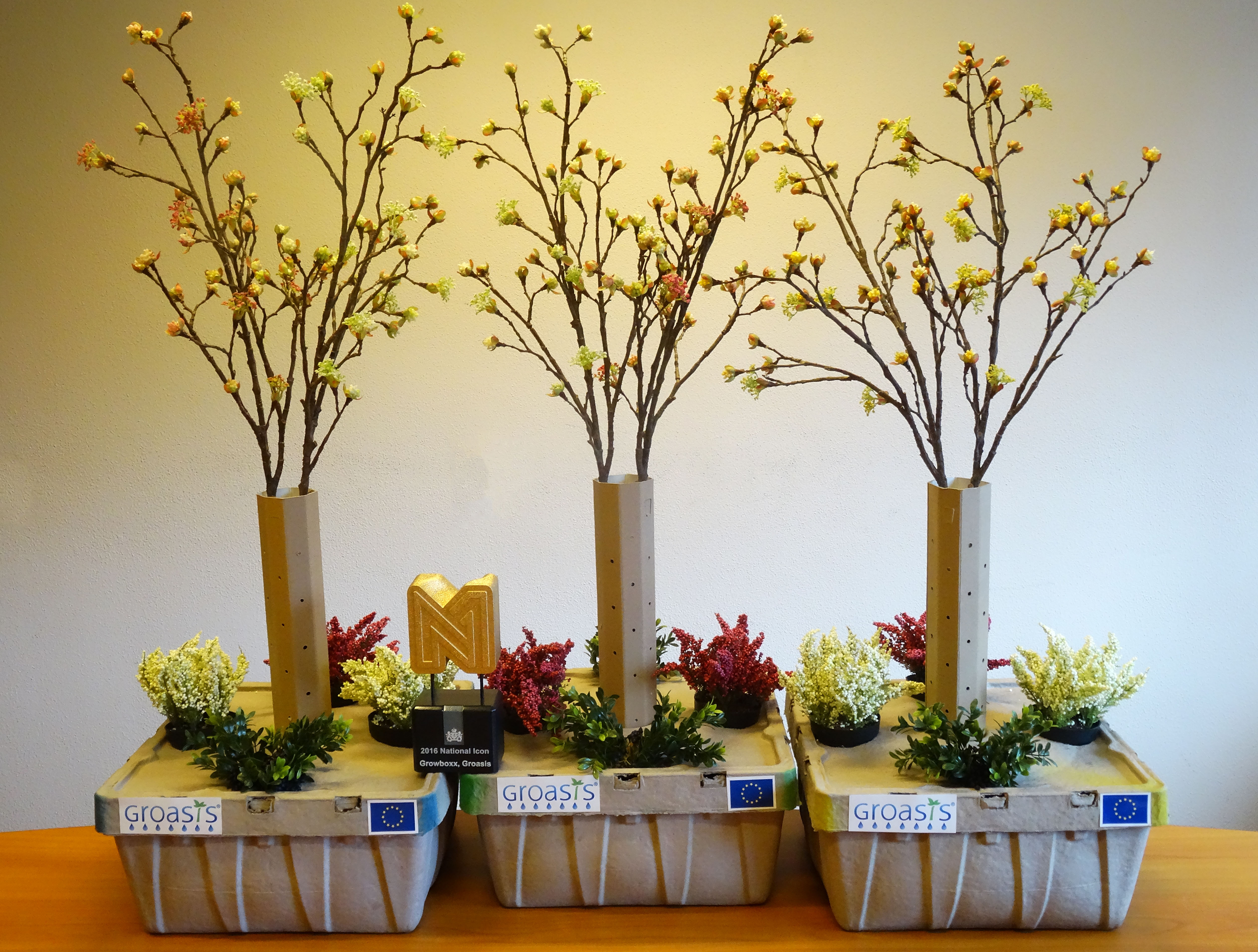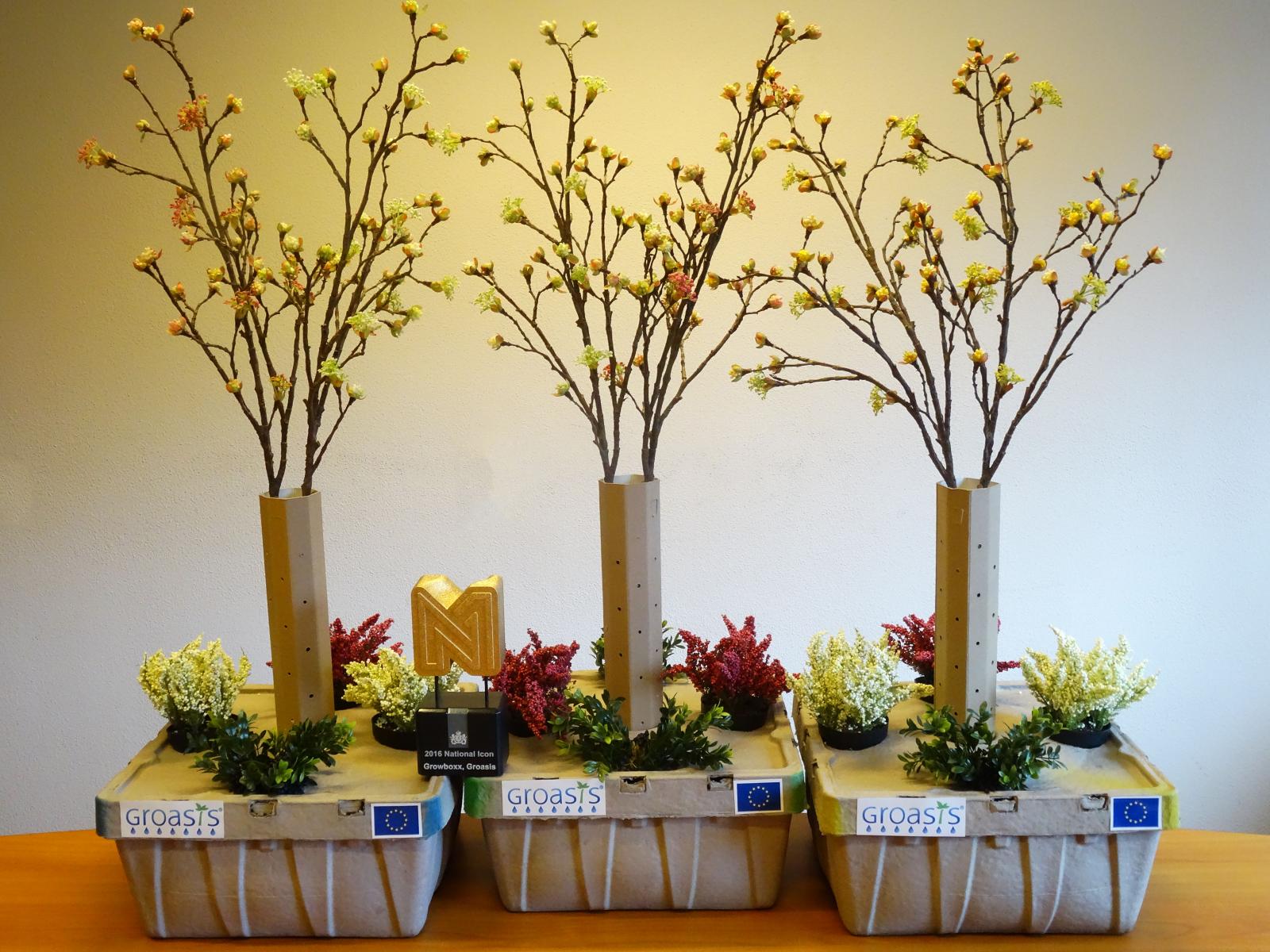An Overview Of Our Solution
- Population Impacted:
- Continent: Africa
Organization type
Population impacted
Size of agricultural area
Production quantity
People employed
Describe your solution
Describe your implementation
External connections
What is the environmental or ecological challenge you are targeting with your solution?
Describe the context in which you are operating
The GT is focusing on rising the efficiency of water use in agriculture. In general we can say that drought causes poverty. This leads to emigration from urban areas to cities, and from countries that are afflicted by drought, to countries that are wealthy. So if we are able to make degraded dry land productive again for an affordable investment, then we can create wealth, people will stay in their neighborhood, families will not get broken. Employment will rise, hunger will go. Wealth will grow.
How did you impact natural resource use and greenhouse gas emissions?
Language(s)
Social/Community
Water
Food Security/Nutrition
Economic/Sustainable Development
Climate
Sustainability
We sell the Growboxx® plant cocoon between 1,67 and 2,49 Euros. Once we have the advantages of scale the price will be around 0.99 to 1.49. Any productive tree can make up this investment. So we are selling our products market-based. Recently in October 2016 the Dutch Government has awarded us National Icon of The Netherlands, for being one of the 3 most innovative companies of our country. In January the United Nations mentioned the Growboxx as one of the 15 most important solutions for 5 of the world biggest problems in their ‘2017 Global opportunity report’. These two events have incredibly helped to open doors for us that until recently remained closed. People now start to understand the impact of our inventions.
Return on investment
Entrant Banner Image

